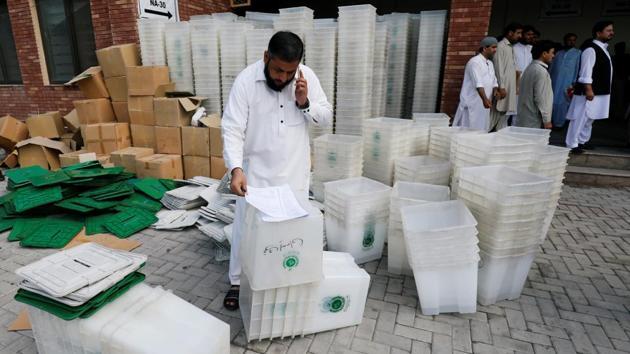The Indo-Pakistani conflict of 2025 marks a significant escalation in the longstanding tensions between India and Pakistan, both nuclear-armed nations. The conflict, which began in April 2025, has seen intense military engagements, diplomatic standoffs, and widespread regional implications.Wikipedia
Origins of the Conflict
The immediate catalyst for the 2025 conflict was a militant attack in Pahalgam, Indian-administered Kashmir, on April 22, 2025, resulting in the deaths of 26 civilians. India attributed the attack to Pakistan-based militant groups and launched “Operation Sindoor” on May 6, targeting what it described as terrorist infrastructure in Pakistan. Pakistan denied the claims, asserting that Indian strikes targeted civilian areas, including mosques, leading to 31 civilian casualties .WikipediaWikipedia+2Wikipedia+2Indiatimes+2
Military Engagements and Operations
- Operation Sindoor: India’s retaliatory strikes on May 6 targeted militant camps and infrastructure of groups such as Jaish-e-Mohammed and Lashkar-e-Taiba. India reported the elimination of at least 100 militants. Pakistan claimed that the strikes hit civilian areas, including mosques, resulting in 31 deaths .Wikipedia
- Pakistan’s Response: On May 10, Pakistan launched “Operation Bunyan al-Marsus,” targeting several Indian military bases. India continued its operations, expanding “Operation Sindoor” to include Pakistani military installations .Wikipedia+3Wikipedia+3Wikipedia+3
- Border Skirmishes: Intense skirmishes occurred along the Line of Control (LoC), with both nations accusing each other of ceasefire violations. Pakistan deployed heavy artillery in Leepa Valley, while India reported capturing a Pakistani Ranger who crossed the border in Rajasthan .Wikipedia
Diplomatic and Strategic Developments
- Indus Waters Treaty Suspension: On April 23, 2025, India suspended the 1960 Indus Waters Treaty, leading to the unannounced release of water from the Uri Dam into the Jhelum River, causing flooding in Pakistan-administered Kashmir. India also reduced water flow through the Baglihar Dam on the Chenab River .Wikipedia+1Asia Times+1
- Civil Defence Measures: India conducted nationwide civil defence drills, codenamed “Operation Abhyaas,” on May 7, 2025, across 244 districts. The exercises included air-raid siren tests, blackout simulations, and evacuation drills, marking the most extensive such drills since the 1971 India-Pakistan war .Wikipedia+1Wikipedia+1
- Military Exercises: The Indian Air Force conducted “Exercise Aakraman,” focusing on offensive operations, including precision strikes and air superiority missions. The exercise involved Rafale and Sukhoi Su-30MKI aircraft and was conducted near the LoC amid escalating tensions .Wikipedia
International Mediation and Ceasefire
A U.S.-brokered ceasefire was announced on May 10, 2025, following several days of intense fighting. U.S. President Donald Trump, Secretary of State Marco Rubio, and Vice President JD Vance played pivotal roles in mediating the ceasefire . Despite the ceasefire, Prime Minister Narendra Modi stated that India had merely “paused” its military operations, indicating the possibility of future retaliation .The Guardian
Economic and Regional Impact
- Pakistan’s Economic Resilience: Finance Minister Muhammad Aurangzeb stated that the conflict would have a minimal fiscal impact and could be managed within current budgetary limits. He expressed optimism regarding trade talks with the U.S., which helped mediate the ceasefire .Reuters
- Regional Instability: The conflict has disrupted regional stability, with flight cancellations, school closures, and examination postponements in both India and Pakistan. The suspension of the Indus Waters Treaty has raised concerns over water security and agricultural impacts in Pakistan .Reuters+2Wikipedia+2Asia Times+2
Looking Ahead
The 2025 Indo-Pakistani conflict underscores the fragile security situation in South Asia. While the ceasefire has brought temporary relief, underlying issues such as cross-border terrorism, water disputes, and territorial claims remain unresolved. The international community continues to monitor the situation, emphasizing the need for sustained dialogue and conflict resolution to prevent further escalation.


